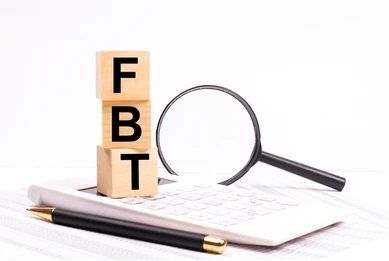9 Ways to Strengthen Financial Controls in a Remote Work Environment
Employing remote workers presents additional challenges related to financial controls.
Managers and employees may not believe they are at risk but studies by the Association of Certified Fraud Examiners show companies with fewer than 100 employees are more likely to lose money to fraud.
Leaders need to demonstrate the importance of improving financial security and minimising risk. Here are measures they can take.
1. Clear Policies and Procedures
The starting point is to develop comprehensive policies and processes for financial transactions, expense reimbursements and approvals. Each business is different, but these policies may:
- Eliminate or minimise the need for in-person interaction, which is obviously a challenge for remote workers
- Require proper documentation and validation of expenses incurred by remote workers, like submitting invoices and confirmation of payments made
- Provide banks with a list of payees so that payments to a recipient NOT on the list require additional approval
- Limit the number of authorised signers and lower their approval thresholds, especially where there may be reduced oversight of remote workers
2. Virtual Training, Education and Teamwork
A heightened risk involving remote workers occurs when a “bad actor” sends an email that appears to come from a senior employee requesting that a payment is processed, along with a false justification. Remote employees are more prone to these scams, partly because there is no easy way to ‘gut check’ these situations. To reduce risk:
- Train remote workers on financial controls, fraud prevention, and cybersecurity
- Provide access to a contact person for questions or concerns regarding financial matters
- Consider additional rules like requiring remote employees to call someone who makes a payment request and/or limiting the number of people who can process payments
3. Use of Secure Technology
Pay particular attention to the technology used by remote workers, for example:
- Update spam filters, firewalls and security applications that protect against malware
- Utilise secure and encrypted software for financial transactions, online banking, and data storage
- Require a unique login AND multi-factor authentication (MFA) for any portal or system that allows employees to approve or process payments
- Ensure digital payments create an audit trail: Who approved which payments and when?
- Consider email encryption for sensitive information such as sales or financial data so only the intended recipient can see the message and attachments
- Implement a data backup and recovery plan to safeguard financial data in case of a system crash or cybersecurity incident
4. Segregation of Duties
Implement checks and balances by separating responsibilities among different remote workers. For example, a person handling financial transactions should not also approve them.
5. Limit Access to Financial Systems
Grant remote workers access to financial systems and data only where absolutely required and regularly review and update access permissions as responsibilities change. Create roles with various permission levels in systems, then build supporting workflows to manage the necessary approvals.
6. Revise Processes Frequently When There is High Employee Turnover
High Employee Turnover usually means a change in responsibilities that could impair or break a key control. Pay close attention if the business has eliminated positions, because disgruntled former employees may be more likely to commit fraud or otherwise harm your business.
7. Mandatory Reporting
Encourage remote workers to report any suspicious activities they come across, providing an anonymous reporting mechanism if needed.
8. Conduct Background Checks
Perform thorough background checks during the hiring process to verify the credentials and integrity of remote workers.
9. Make Adherence to Financial Controls Part of Performance Reviews
Build financial responsibility and compliance into the culture by making it a part of remote workers’ performance evaluations.
Financial controls are not new in business… but increased remote work presents new challenges. Assess the risk in your business and take decisive measures to improve financial security.
More GTP Articles






